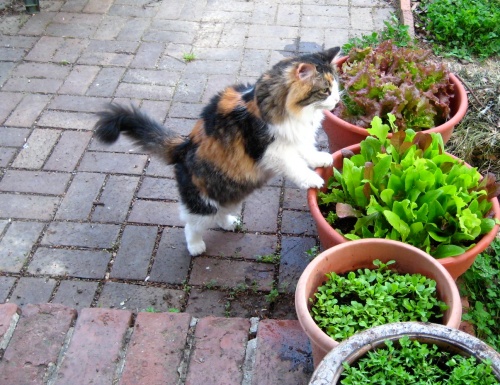It’s been a long time since I’ve posted, and that absence has been driven by lack of motivation, lack of confidence, lack of inspiration, you name it. But a few days ago, while riding my bike to the yoga studio to go teach, I was struck with that back-to-school feeling of new beginnings that sometimes hits you in fall. Actually that’s a rarity for me, since for me fall tends to be all about mourning the end of summer and dreading the increasingly short and gray days ahead. But last weekend, I was riding my bike through colorful wet leaves (we’re having a particularly colorful fall in DC this year), watching the sun struggle to emerge from behind the clouds, and I was hit full on with the possibility that it’s never too late to start again or try something new. So here I am. Again.
Maybe part of my optimism came from a relatively un-hurty lower back that day. After about three years of chronic sacroiliac pain, I’ve learned to expect a stiff, painful back after any intense yoga or dance. Twists and backbends have been particularly problematic for me, and I’ve mostly avoided them for the last year or so. But in the last few weeks my back has been feeling relatively pain-free, even after twists (more about that in an upcoming post).
So I was feeling good on Saturday. On Sunday morning I took fellow teacher Caroline Weaver’s class. In the midst of a long held Salambasana, as my inner thighs were trembling with the effort to take them back and up (a nice Anusara cue that helps broaden the pelvis and keep the SI joint uncompressed), I suddenly felt…redeemed. Redeemed of what, I’ve no idea, but the word was there, hanging in the air. Maybe it was simply all the sweat pouring out of me and the resulting light-headedness, but my mood lightened and again I felt that back-to-school rush of energy and optimism.
And that’s why I’m finally back here. I originally started this blog simply as a writing project for myself, as a way to force myself to write something—anything—on a regular basis. I hoped that somewhere along the way, I would hone in on a consistent theme, rather than churning out random personal observations and rants. But that inspiration hasn’t come yet. Yoga? Yes, but to be honest, I don’t always want to write about yoga. Dance? Yes, but (and here’s where the lack of confidence comes in) I’m not critic, I don’t have a dance degree, and I’m just one of the many adult dance students in the area taking classes, participating in performances and going to concerts, many of whom are already writing about the local scene. Gardening? A growing (ha!) interest, but again, it’s not the only thing that grabs my fancy. Food. Of course. But Julie and Julia has already been done and so far I haven’t come up with a gimmick that’s better than that.
So we’ll see. While I have a few ideas for a new direction for this blog, for now I’ll continue to post whatever yoga/dance/disappointment/rant I happen to have up my sleeve, for whomever is out there to read it. I’m also thinking about applying at Demand Studios and signing up at FlexJobs as a way to try to connect with regular writing gigs. Has anyone out there had experience with either? I’m curious.





